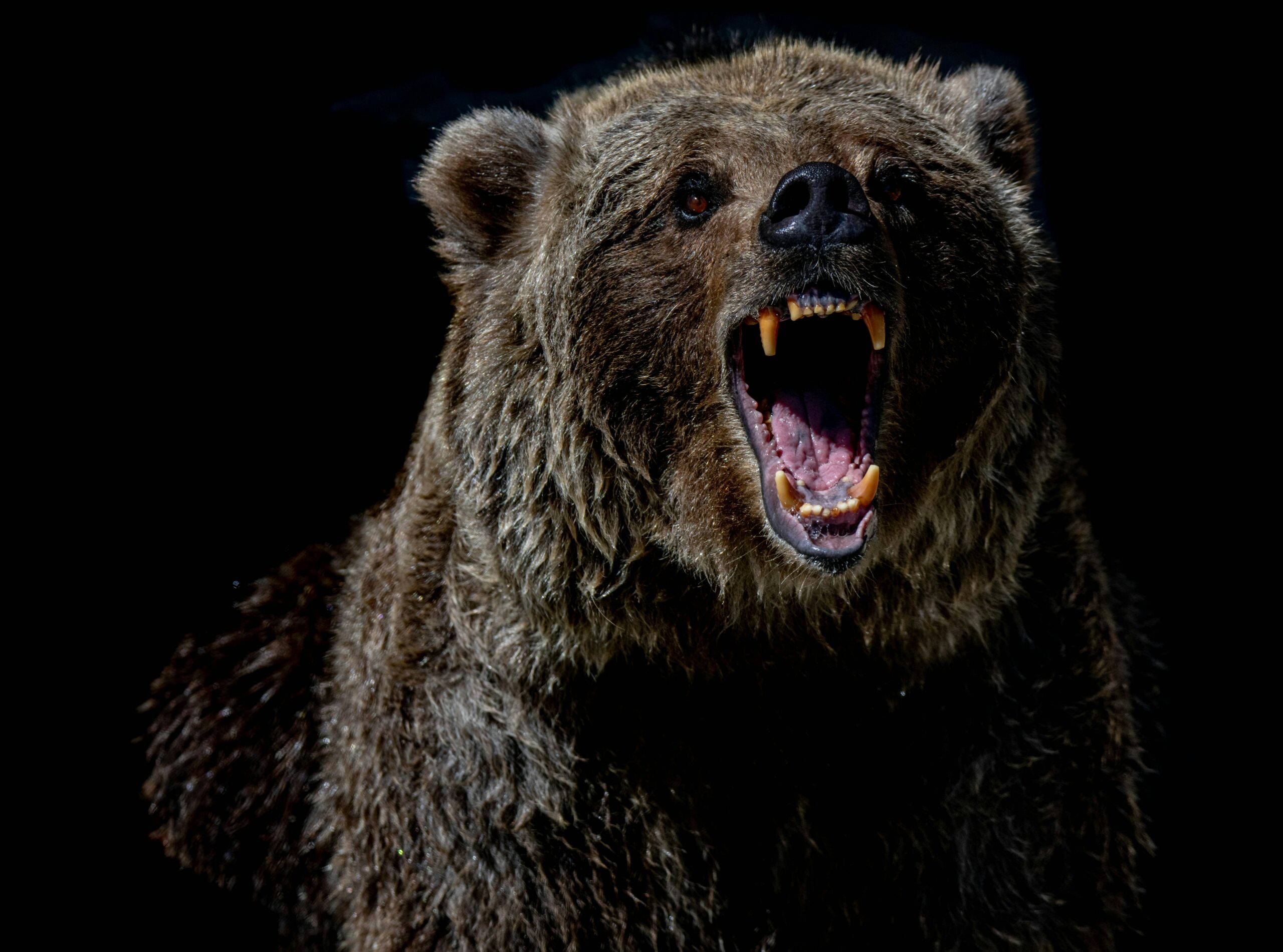
Grizzly bears, remarkable creatures inhabiting the forests and mountains of North America, are renowned for their substantial size, strength, and diverse behaviors. Below are 15 fascinating facts about grizzly bears, encompassing their dietary habits, hibernation patterns, sense of smell, and ecological significance.
Food habits change with the season
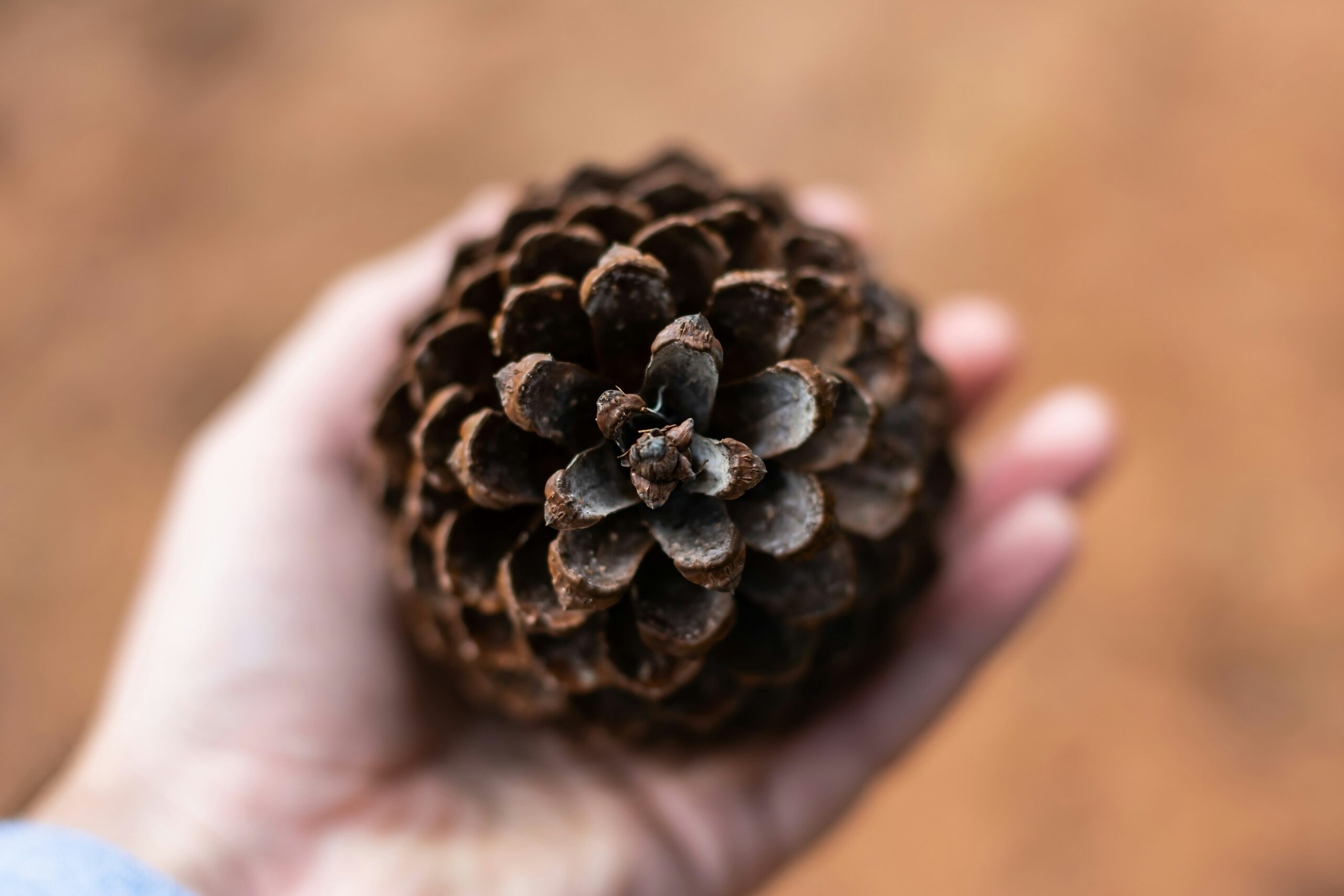
The diet of grizzly bears varies with the seasons. In autumn, they primarily feed on whitebark pine nuts and a range of roots such as pondweed and yampa. During spring, these bears consume everything from elk and bison to gophers and grasses. During the summer, they mainly eat grass and plants.
They have big claws
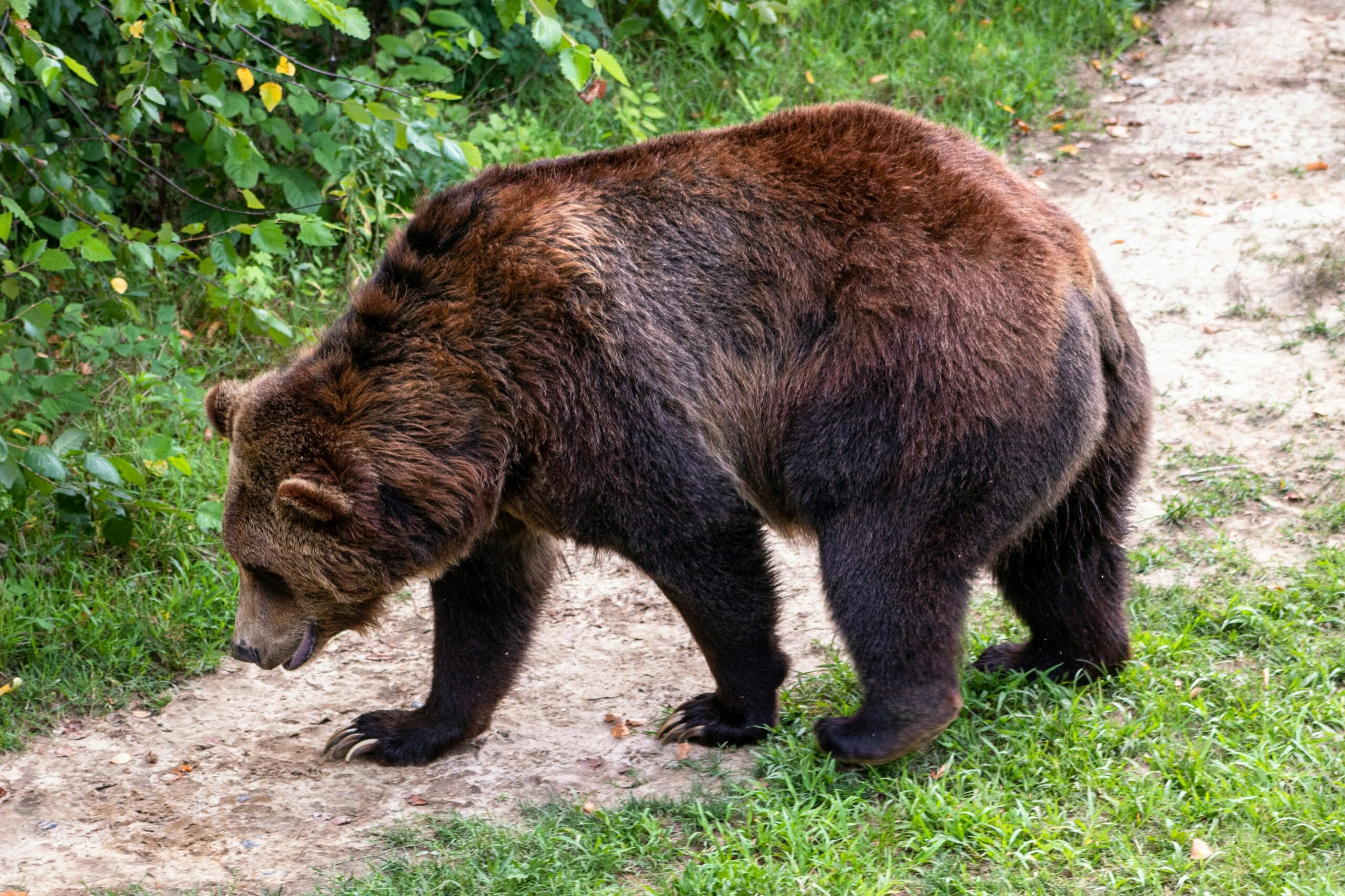
Grizzly bears have large claws that can reach up to 4 inches in length. Almost equal to the length of the fingers of an adult human. These claws are not only long but also sharp and powerful. These claws allow them to dig deep, capture prey, and defend themselves.
They do not poop and pee during hibernation
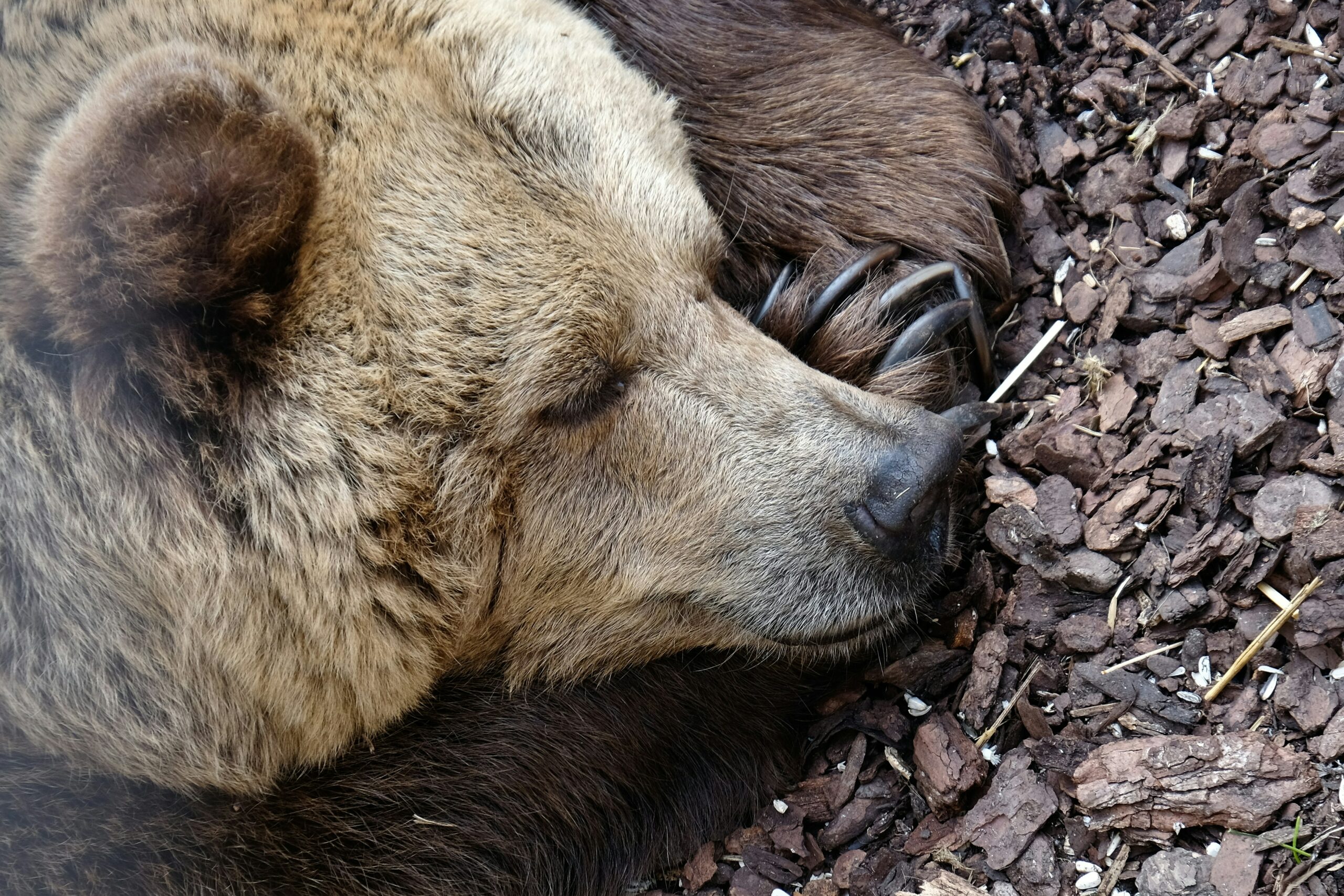
When they hibernate, grizzly bears have a remarkable state of bodily conservation, and it lasts anywhere from 5 to 7 months. They do not urinate or excrete during this time. Intriguingly, they can convert urea, a major component of urine, back into protein.
Grizzly bears are very strong
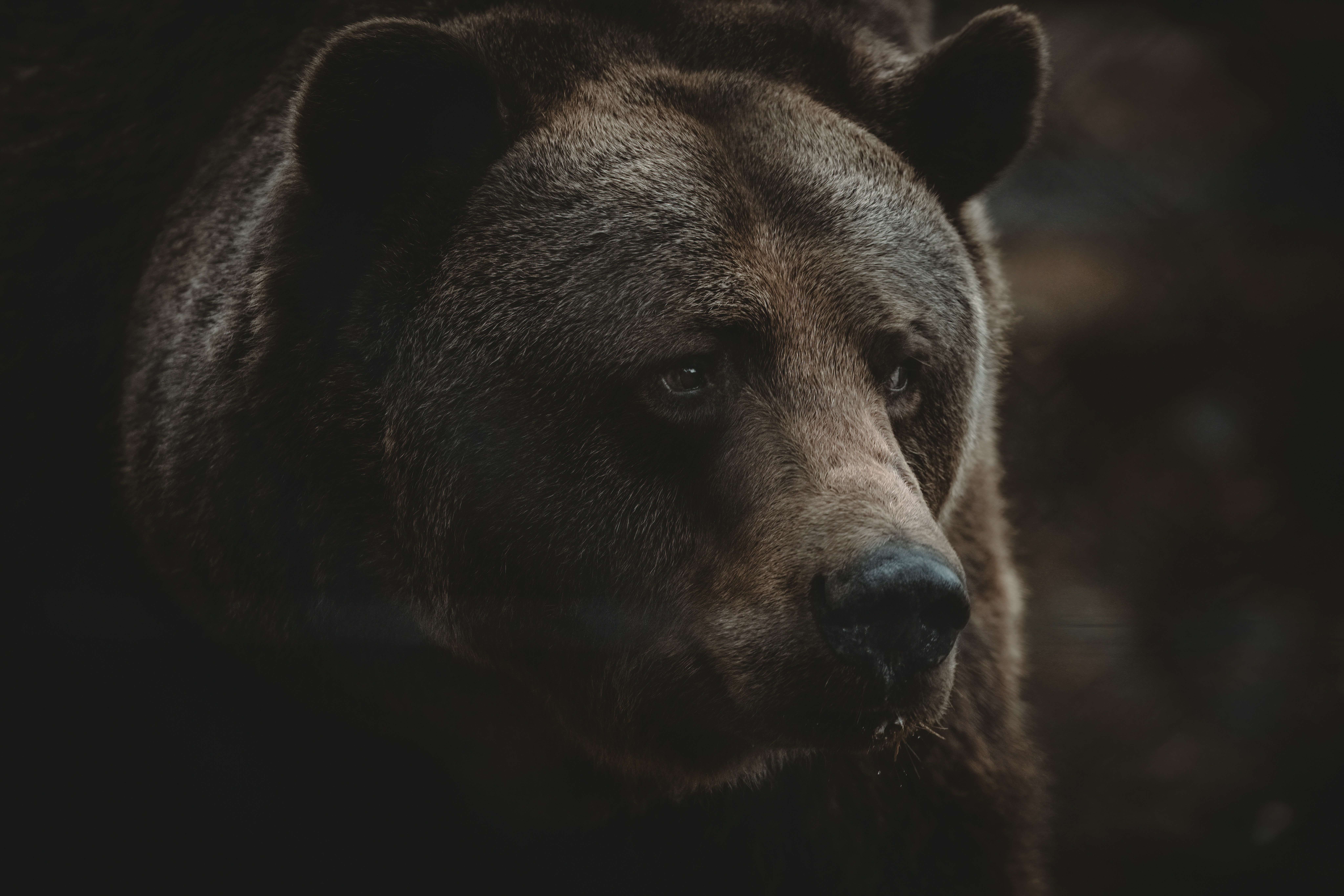
Grizzly bears possess the ability to lift more than 1,000 pounds, equivalent to the weight of 10 average adults. This extraordinary strength enables them to move large objects, forage for food, and protect themselves, securing their respected and feared status in the animal kingdom.
Grizzly bears can run fast

Despite their substantial size and weight, grizzly bears can achieve speeds of up to 35 miles per hour over short distances. It is inadvisable to attempt to outrun a grizzly bear. Their size can vary significantly, ranging from just over three feet to nine feet in length.
Grizzly bears can live more than 3 decades
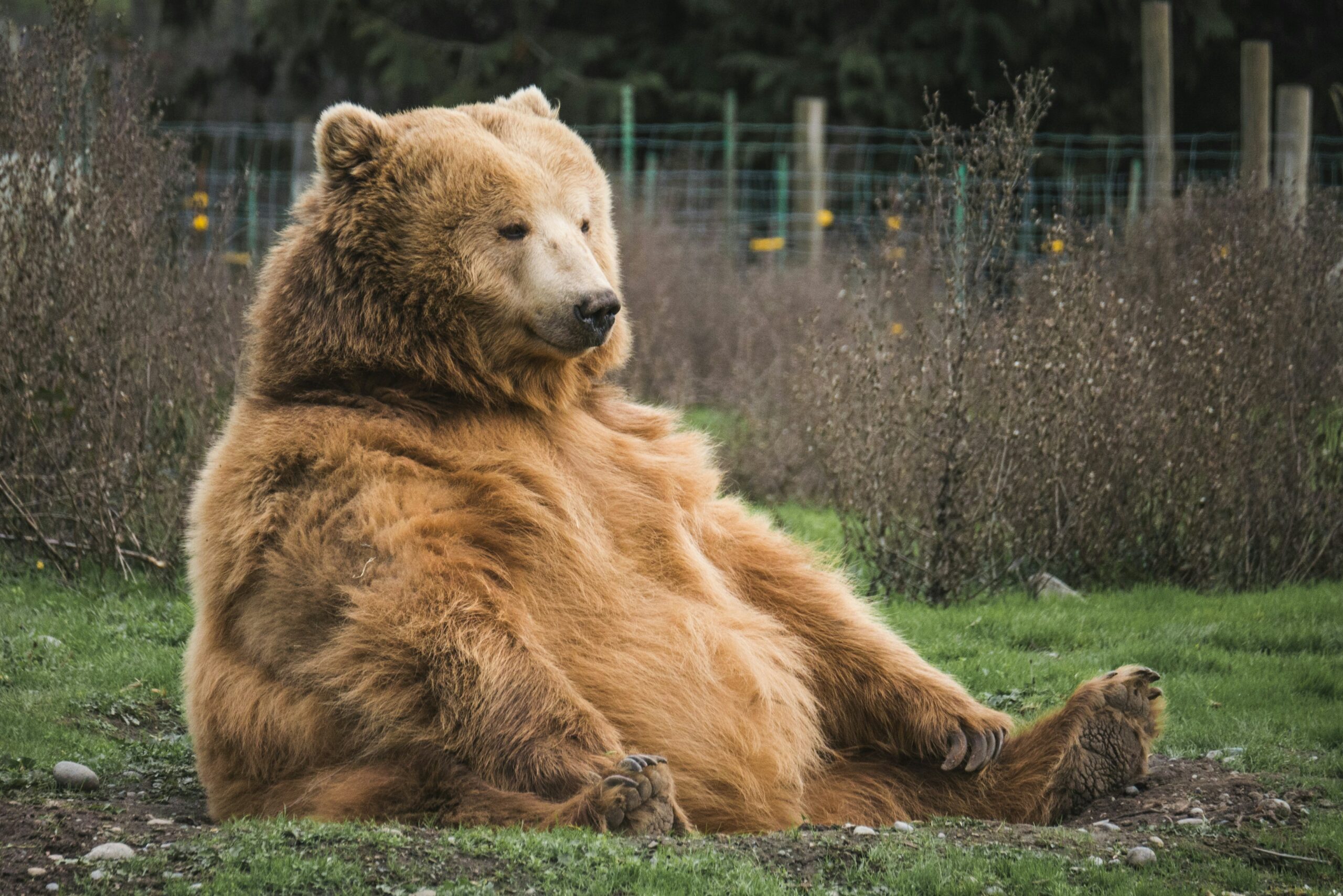
Grizzly bears have a pretty long lifespan. In the wild, they can live for more than 30 years, and some have even been known to live up to 35 years. But in captivity, they can live even longer. There was this grizzly bear named Brownie who lived for a whopping 56 years. Sadly, he had to be put down because of some serious health issues.
Grizzly bears are huge
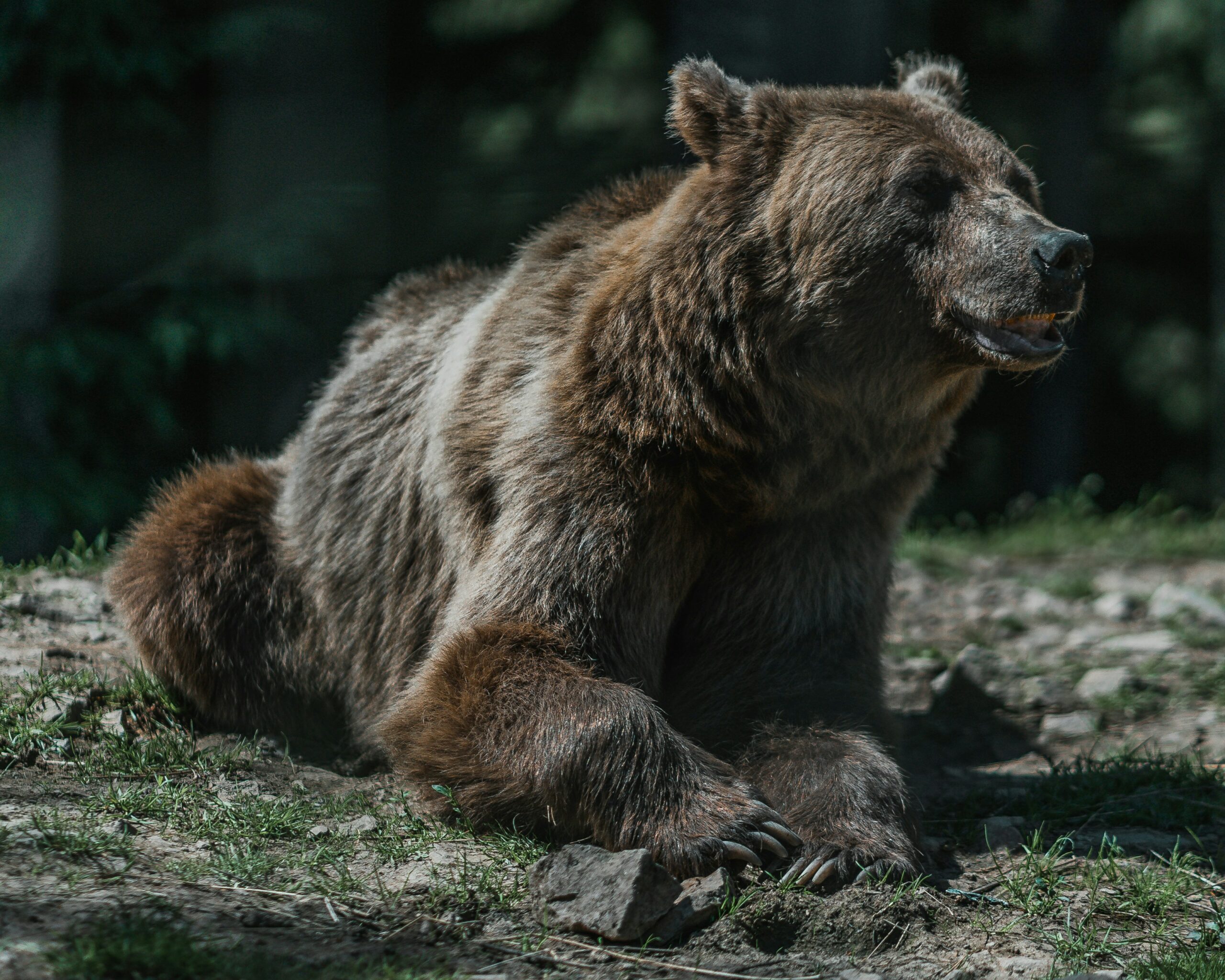
When it comes to size, grizzlies are one of the most massive ones. They are huge. On average, they are about 2 meters long, but they can get even bigger. Female grizzlies usually weigh between 130 and 170 kilograms, while male grizzlies are heavier, weighing between 180 and 350 kilograms. Some male grizzlies can be as tall as 3 meters and weigh a whopping 680 kilograms.
Grizzly bears dominate polar bears
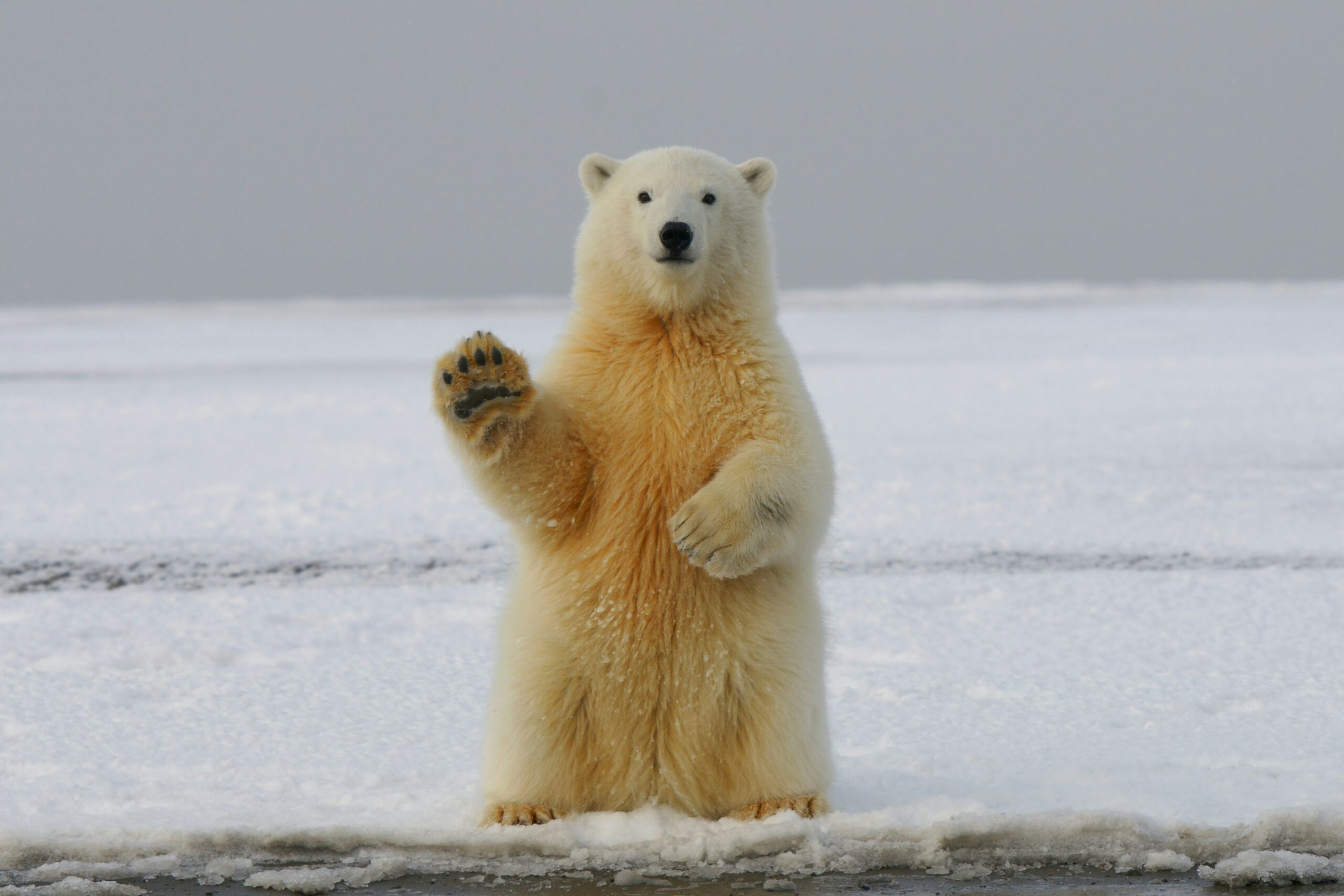
When it comes to polar bears, you might think they are top because of their size. But no, grizzly bears have them beaten in the social pecking order. Even though grizzlies are smaller, they are tougher and more aggressive. They have been seen kicking polar bears out of their territory and sometimes even eating them. Grizzlies have stronger bones and are just all-around more robust than polar bears.
Grizzly bears do not really hibernate
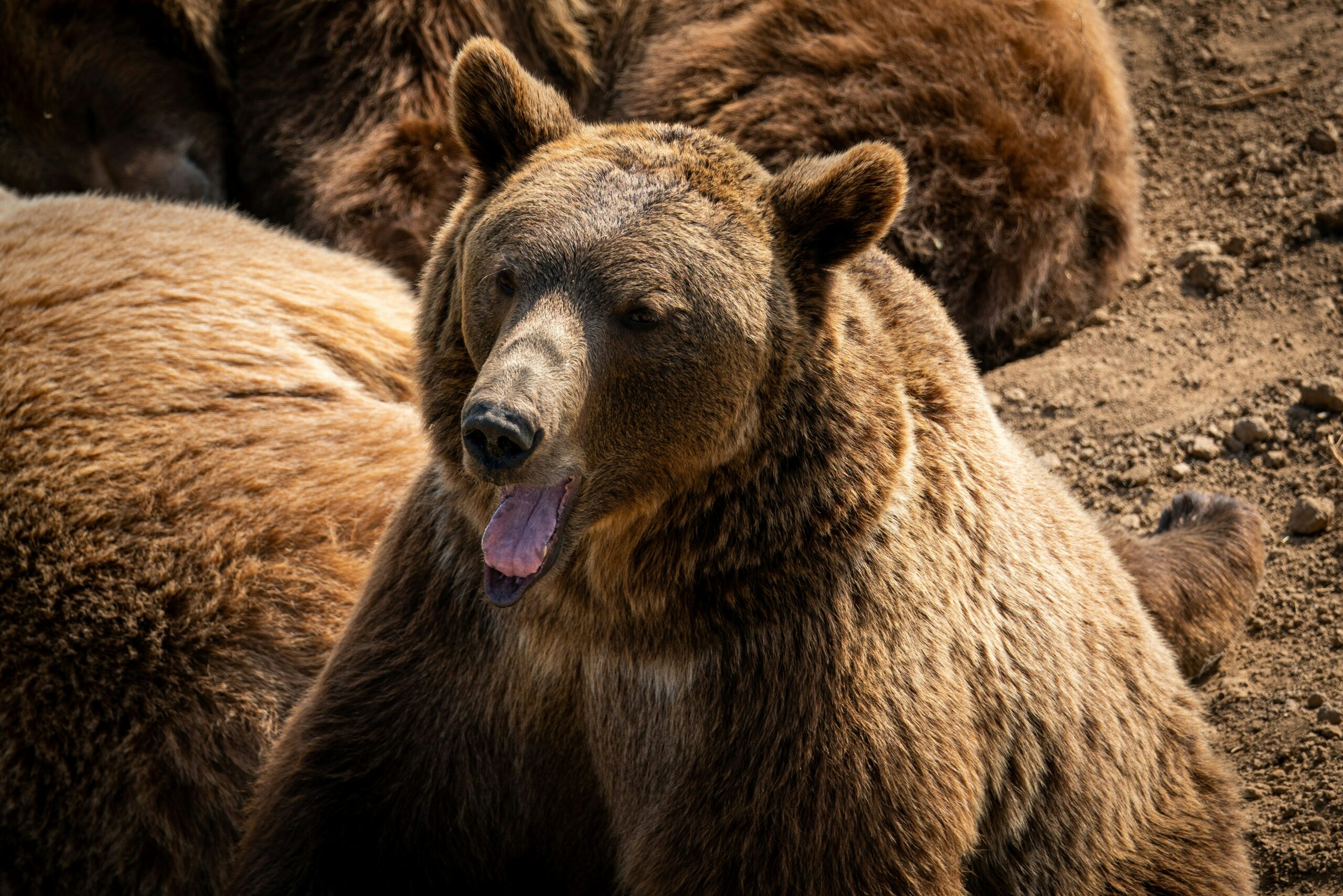
Grizzly bears do not really hibernate like some other bears do. Instead, they go into a lighter sleep called torpor during the winter. They live off the fat they stored up from eating in the summer and fall. They are sleeping deeply, but they can wake up if they need to.
Grizzly bear cubs stay with their mom
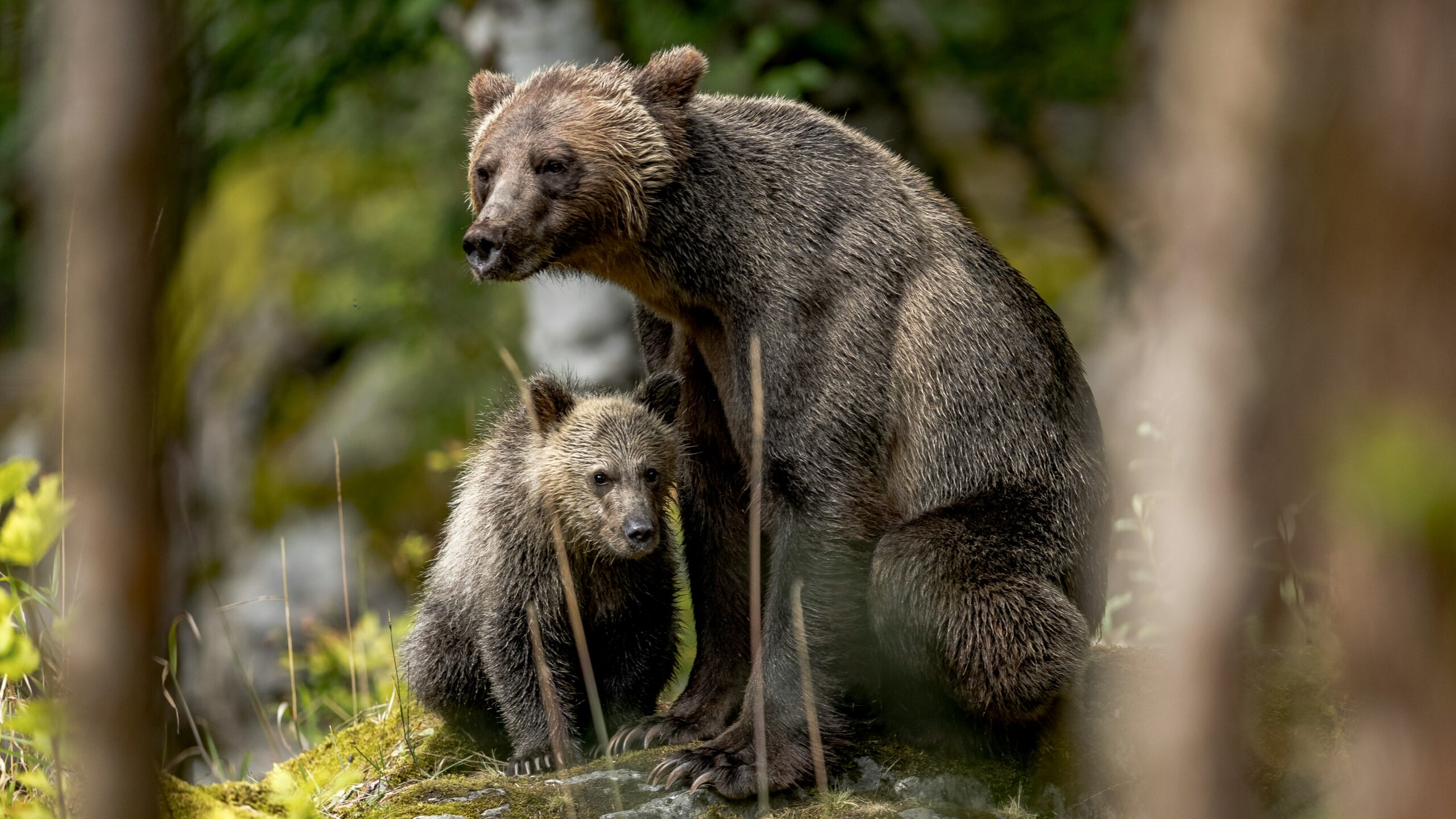
Female grizzly bears usually have their first babies when they are between four and seven years old. The cubs are born tiny, blind, and totally dependent on their mama bears. She takes care of them during this time, feeds them, and keeps them safe for two to three years.
Grizzly bears have the lowest reproductive rates
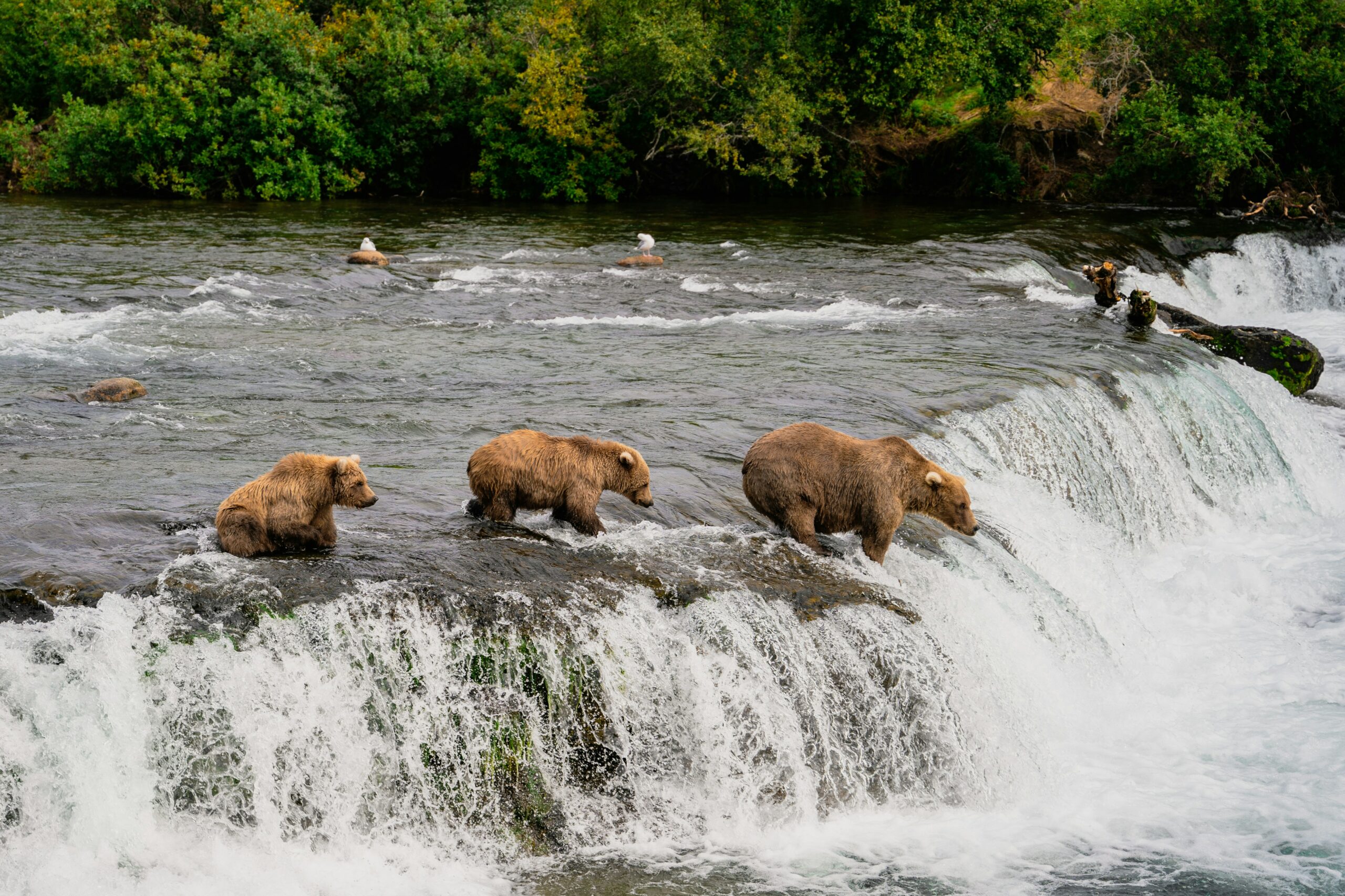
Grizzly bears are slow to grow up and start having babies of their own. They are not ready to mate until they are about 4 and a half to 10 years old. Because it takes them so long to mature, they have one of the lowest birth rates among mammals.
Grizzly bears are the strongest bear
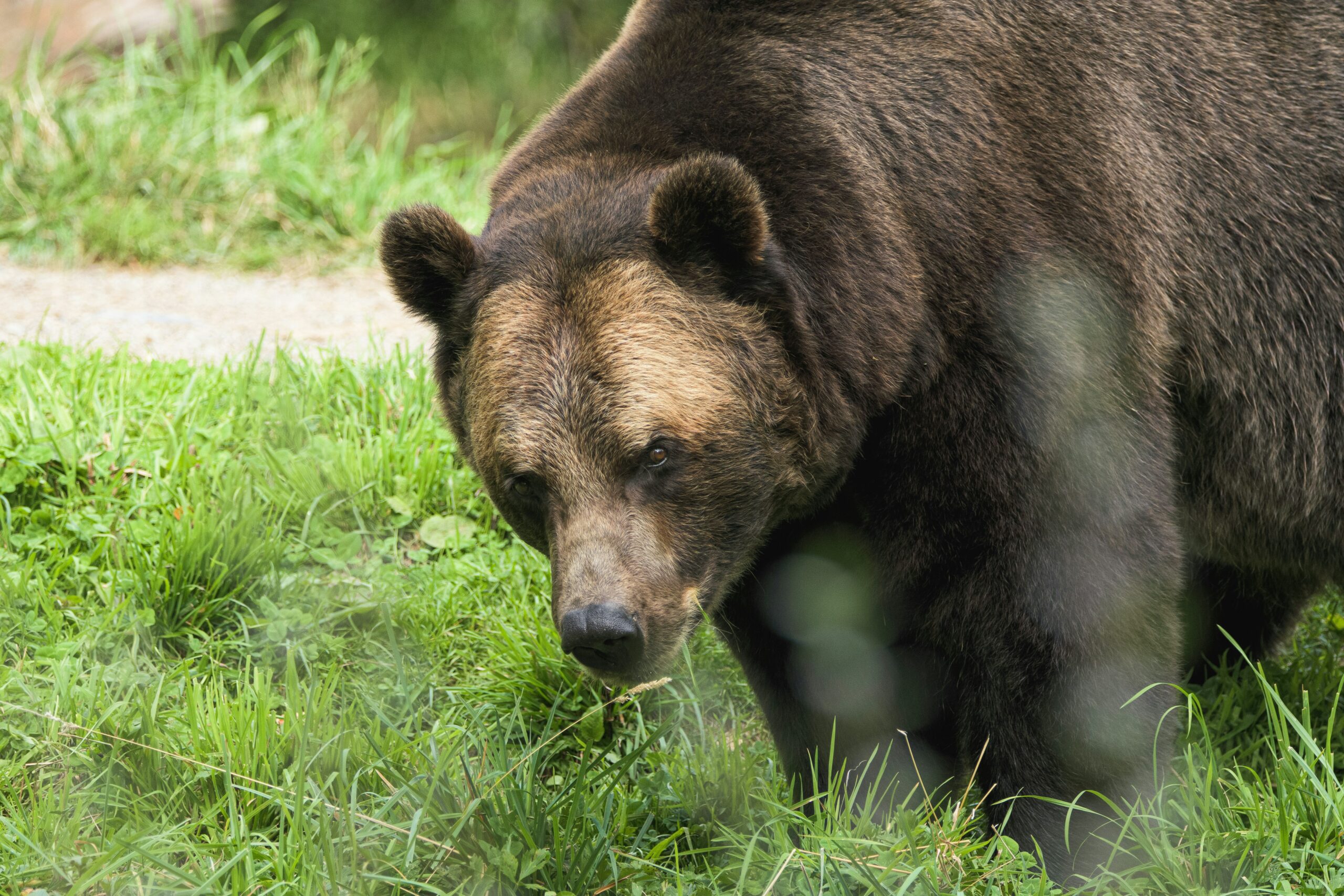
When it comes to strength, grizzly bears are top of the class. If they ever had to go head-to-head with black bears or polar bears, experts think grizzlies would come out on top. They have powerful bodies that can lift more than 75% of their own weight, making them the strongest bears around.
Grizzly bears are omnivores
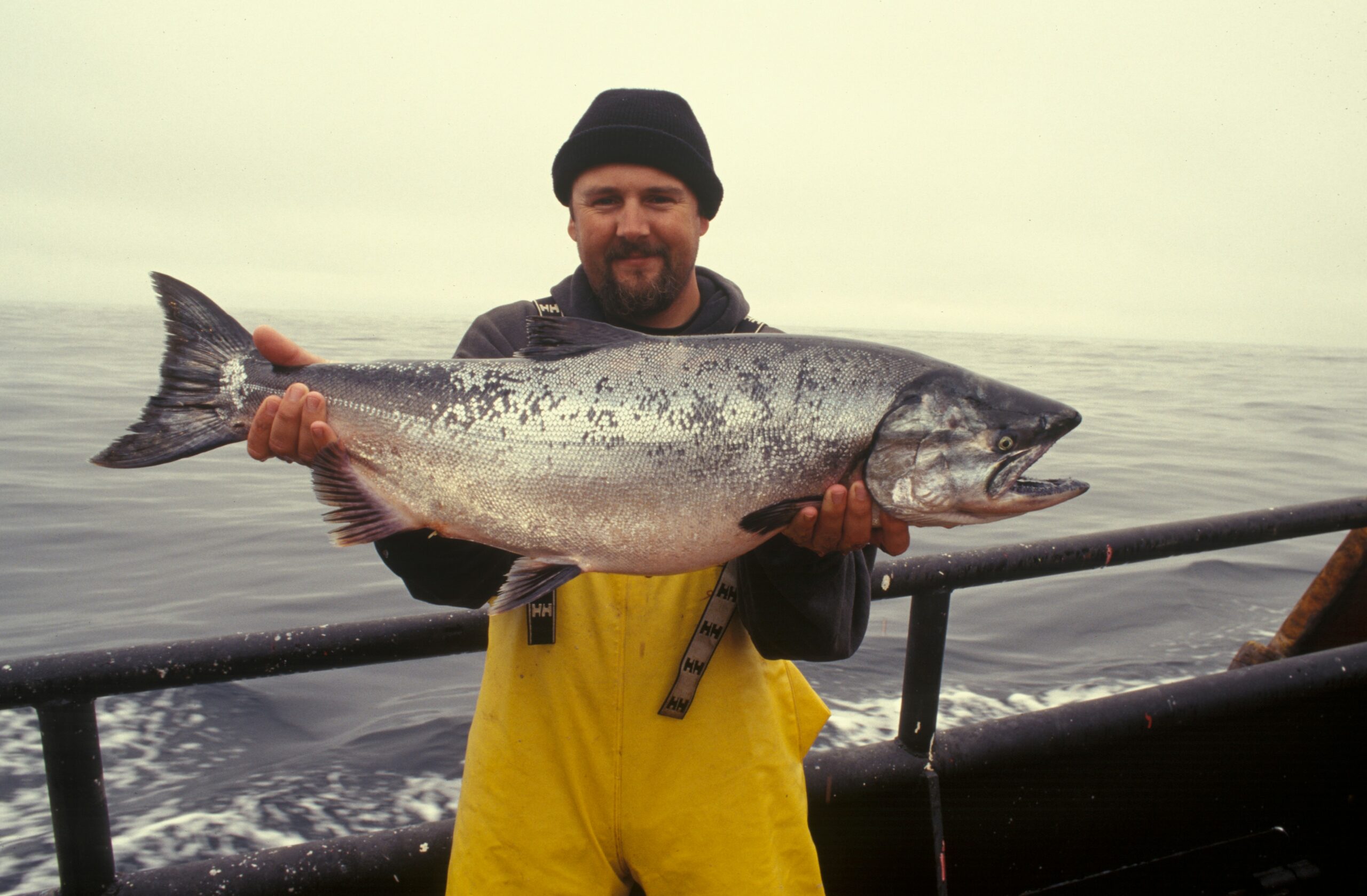
Grizzly bears eat both animals and plants and what they eat depends on where they live. Grizzlies in Alaska and Wyoming eat salmon and clams. They also hunt animals like elk, deer, moose, and caribou. For the plant part of their diet, they eat things like pine nuts, grass, tubers, berries, and legumes.
Grizzly bears are very aggressive
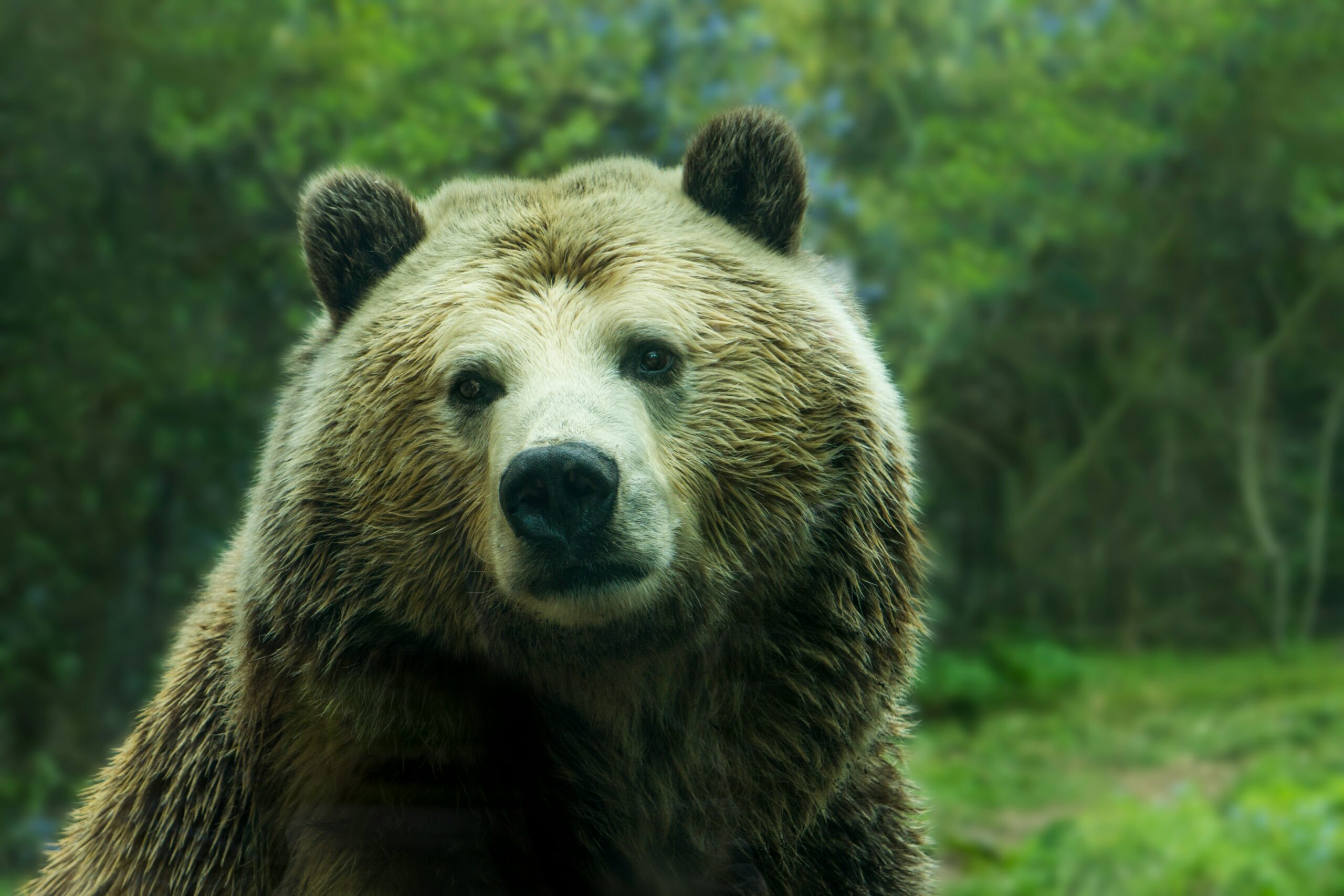
Some people might say that all bears can be aggressive, but studies have found that grizzly bears are more aggressive than other types of bears, like black bears. Mother grizzlies are especially more protective of their cubs and will defend them from anything they think is dangerous.
Grizzly bears have a better sense of smell
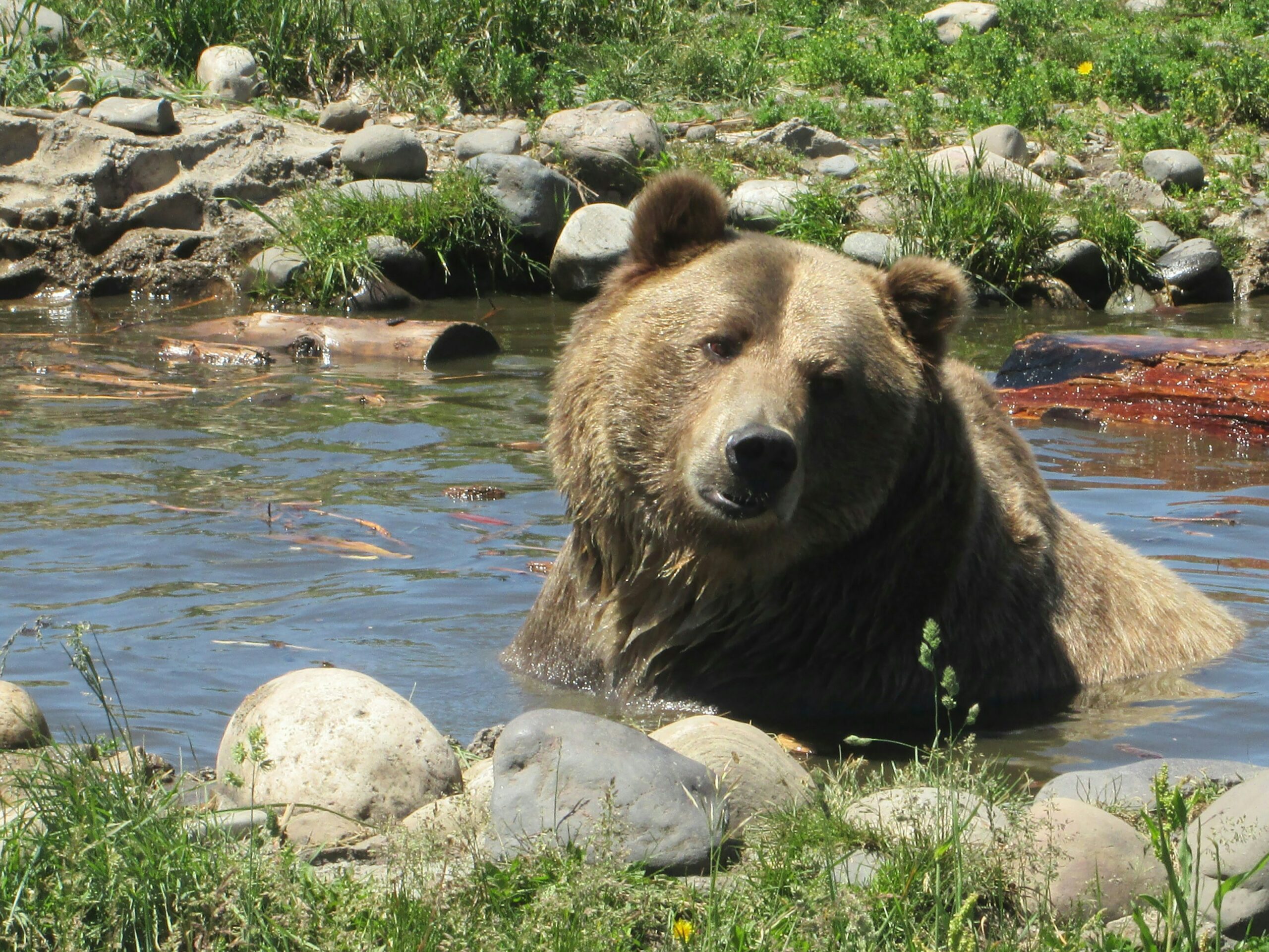
Dogs have a much better sense of smell than humans. For example, bloodhounds have the best sense of smell among dogs. Grizzlies have an even more incredible sense of smell. Their sense of smell is seven times better than a bloodhound. They can smell things 2,100 times better than a human.

Comments
Loading…